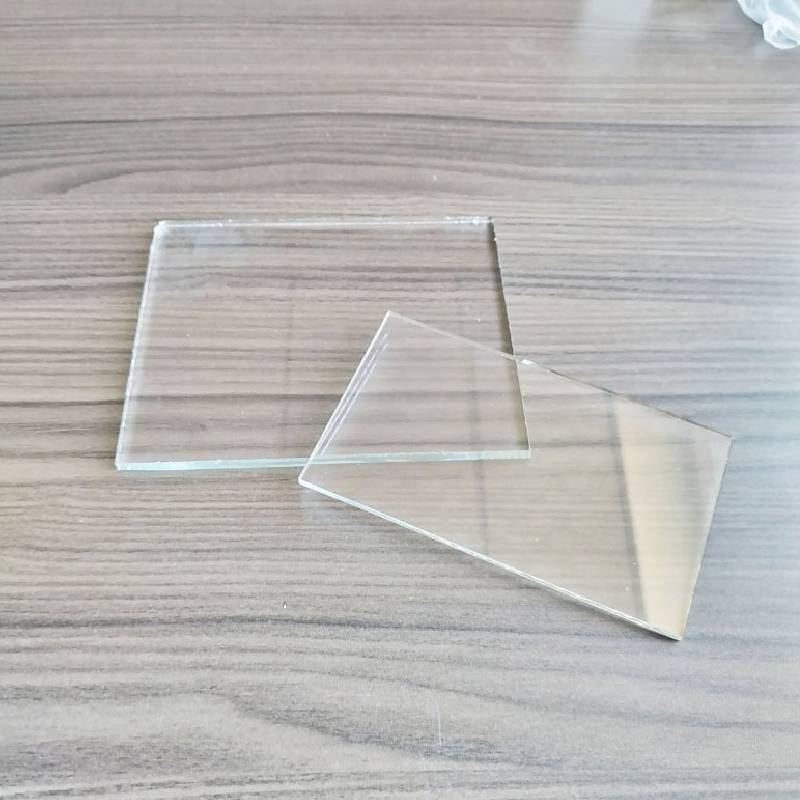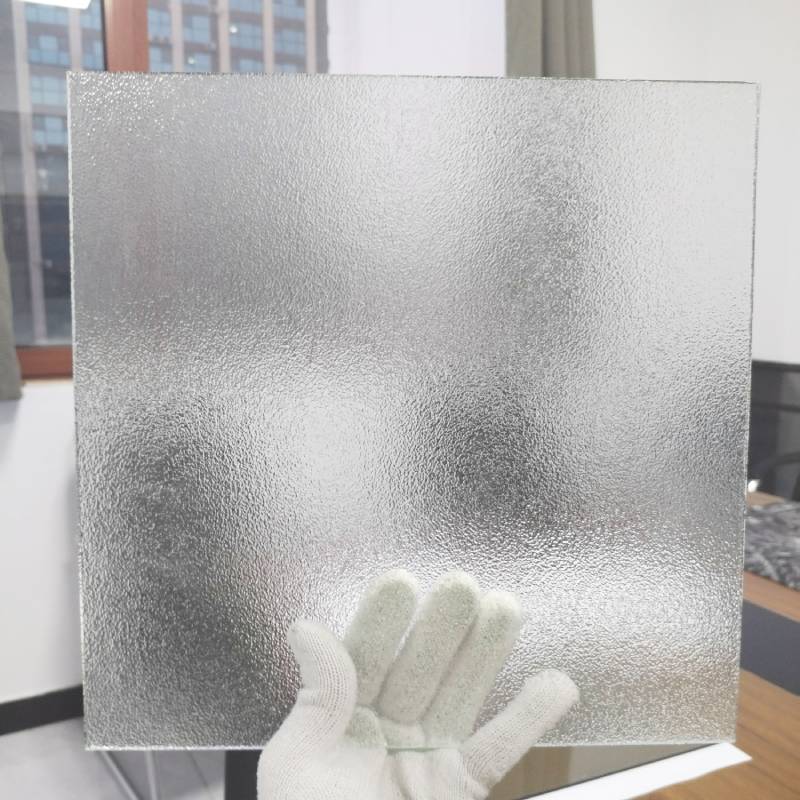The float glass manufacturing process is a marvel of modern engineering, seamlessly blending scientific precision with industrial craftsmanship to produce one of the most versatile building materials. Float glass, known for its uniform thickness and smooth, distortion-free surface, is essential in a variety of applications, including architecture, automotive, and interior design.

The journey of float glass begins with the careful selection of raw materials. Sand, limestone, and soda ash are meticulously measured and mixed with precision to ensure the highest quality output. These materials are chosen not only for their abundance but for their properties, which contribute to the durability and clarity of the glass.
The mixture is heated in a furnace at temperatures exceeding 1,700 degrees Celsius. This intense heat transforms the raw materials into a molten glass form, a crucial transformation that requires expert knowledge of chemical properties and behavior under extreme conditions. Careful control of the temperature and chemical homogeneity at this stage ensures the criteria for float glass are met, a testament to the expertise required in this manufacturing process.

Once molten, the glass is funneled onto a bath of molten tin. The term float glass derives from this unique method, where the glass literally floats on tin. The natural workings of gravity and surface tension disperse the liquid glass uniformly across the tin bath, achieving a perfectly flat and smooth surface. This critical stage requires skilled operators who can manipulate the glass's thickness, typically ranging from 0.4mm to 25mm, ensuring that exact specifications are met for different industrial needs.
From the tin bath, the continuous ribbon of glass advances into a controlled cooling chamber known as the annealing lehr. The slow cooling process relieves internal stresses, enhancing the glass's strength and reliability – factors pivotal for constructing resilient products that can withstand both everyday wear and environmental challenges.
float glass manufacturing process
The expertise extends beyond manufacturing. Quality control specialists conduct rigorous tests to ensure each sheet of glass meets stringent performance and safety standards. These tests cover optical quality, impact resistance, and thermal stability, reinforcing the authoritative standards the float glass undergoes before reaching the market.
Trustworthiness in float glass manufacturing is solidified through adherence to environmental and safety regulations. Factories are designed to minimize emissions, and recycling practices are employed to manage waste efficiently. The production process, though sophisticated, maintains a clear commitment to sustainability, reducing its footprint while delivering a superior product.
In recent years, innovations in coatings add functional layers to the glass, enhancing energy efficiency and aesthetic appeal. Energy-efficient glass, for example, decreases heat transfer, making buildings more sustainable. Such technological advancements not only reflect the ongoing evolution of expertise in the field but also represent a commitment to meeting contemporary environmental demands.
Ultimately, the float glass manufacturing process stands as a pinnacle of engineering excellence, where deep industry knowledge, technological innovation, and an unwavering commitment to quality converge. Whether it's providing panoramic views from a skyscraper, forming the sleek lines of a modern car, or offering transparency and protection in an interior setting, float glass's journey from raw materials to refined sheets captures the intricate balance of artistry and science.
 Afrikaans
Afrikaans  Albanian
Albanian  Amharic
Amharic  Arabic
Arabic  Armenian
Armenian  Azerbaijani
Azerbaijani  Basque
Basque  Belarusian
Belarusian  Bengali
Bengali  Bosnian
Bosnian  Bulgarian
Bulgarian  Catalan
Catalan  Cebuano
Cebuano  Corsican
Corsican  Croatian
Croatian  Czech
Czech  Danish
Danish  Dutch
Dutch  English
English  Esperanto
Esperanto  Estonian
Estonian  Finnish
Finnish  French
French  Frisian
Frisian  Galician
Galician  Georgian
Georgian  German
German  Greek
Greek  Gujarati
Gujarati  Haitian Creole
Haitian Creole  hausa
hausa  hawaiian
hawaiian  Hebrew
Hebrew  Hindi
Hindi  Miao
Miao  Hungarian
Hungarian  Icelandic
Icelandic  igbo
igbo  Indonesian
Indonesian  irish
irish  Italian
Italian  Japanese
Japanese  Javanese
Javanese  Kannada
Kannada  kazakh
kazakh  Khmer
Khmer  Rwandese
Rwandese  Korean
Korean  Kurdish
Kurdish  Kyrgyz
Kyrgyz  Lao
Lao  Latin
Latin  Latvian
Latvian  Lithuanian
Lithuanian  Luxembourgish
Luxembourgish  Macedonian
Macedonian  Malgashi
Malgashi  Malay
Malay  Malayalam
Malayalam  Maltese
Maltese  Maori
Maori  Marathi
Marathi  Mongolian
Mongolian  Myanmar
Myanmar  Nepali
Nepali  Norwegian
Norwegian  Norwegian
Norwegian  Occitan
Occitan  Pashto
Pashto  Persian
Persian  Polish
Polish  Portuguese
Portuguese  Punjabi
Punjabi  Romanian
Romanian  Russian
Russian  Samoan
Samoan  Scottish Gaelic
Scottish Gaelic  Serbian
Serbian  Sesotho
Sesotho  Shona
Shona  Sindhi
Sindhi  Sinhala
Sinhala  Slovak
Slovak  Slovenian
Slovenian  Somali
Somali  Spanish
Spanish  Sundanese
Sundanese  Swahili
Swahili  Swedish
Swedish  Tagalog
Tagalog  Tajik
Tajik  Tamil
Tamil  Tatar
Tatar  Telugu
Telugu  Thai
Thai  Turkish
Turkish  Turkmen
Turkmen  Ukrainian
Ukrainian  Urdu
Urdu  Uighur
Uighur  Uzbek
Uzbek  Vietnamese
Vietnamese  Welsh
Welsh  Bantu
Bantu  Yiddish
Yiddish  Yoruba
Yoruba  Zulu
Zulu 


